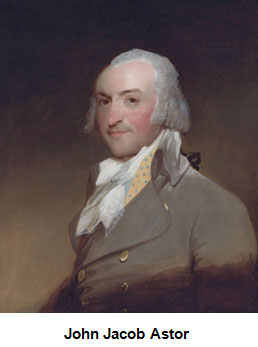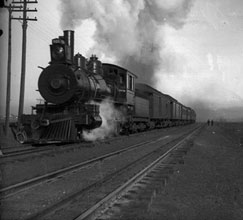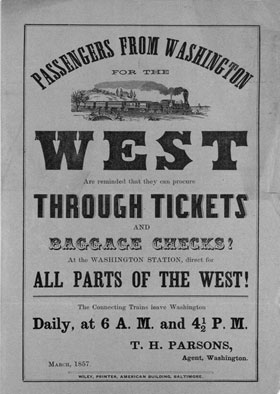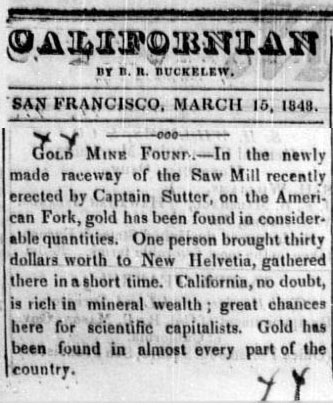
Source: John Jacob Astor, Jan Arkesteijn, Wikipedia
As the American West began to open up to those fulfilling the idea of manifest destiny, economic opportunities also opened up. Entrepreneurs took advantage of the opening of this new frontier, where new businesses could be established and a new set of consumers with wants and needs existed.
The areas where trade had once been controlled by European companies were now in the hands of American entrepreneurs. John Jacob Astor was one of those American businessmen.

Source: John Jacob Astor, Jan Arkesteijn, Wikipedia
Astor was a German-American who owned a successful fur-trading business that originated in the Great Lakes region and extended into Canada. As the United States began to expand, Astor's empire began its expansion toward the Pacific.
The Europeans traditionally controlled the fur trade in the Pacific Region, but after the settling of the dispute of the Oregon Territory, trade was opened to Americans. Astor also became a real estate investor in New York. As a result of his endeavors, Astor became a millionaire.

Source: Trains, Joseph Collier, Library of Congress
Communication and transportation were necessary industries during westward expansion. By 1861, a transcontinental telegraph line connected San Francisco to areas along the Atlantic Coast. This allowed people to send messages across greater distances in a matter of minutes.
Transportation was also impacted as the migration west increased. The Transcontinental Railroad was completed in 1869. This railroad line connected California to the east coast. Travel from coast to coast became faster, and it contributed to the increase in settlement in the West.

Source: 0310070a, Library of Congress
→ Analyze the Poster – This advertisement promotes twice daily train routes headed west in the 1850s. How do you think consumers reacted to advertisements such as this?

Source: Newspaper Gold Found March 15-18, SaltyBoatr, Wikipedia
The article to the right announced that gold was found in California in 1848. This discovery added to the number of migrants moving west. The discovery of gold in California caused a flood of migrants to travel west in the hopes of becoming rich. This was called the Gold Rush. There were almost 300,000 people who came to California with the prospect of becoming rich. Nearly half arrived by ship from Asia, Latin America, and Australia; the remaining migrants traveled from the eastern United States.